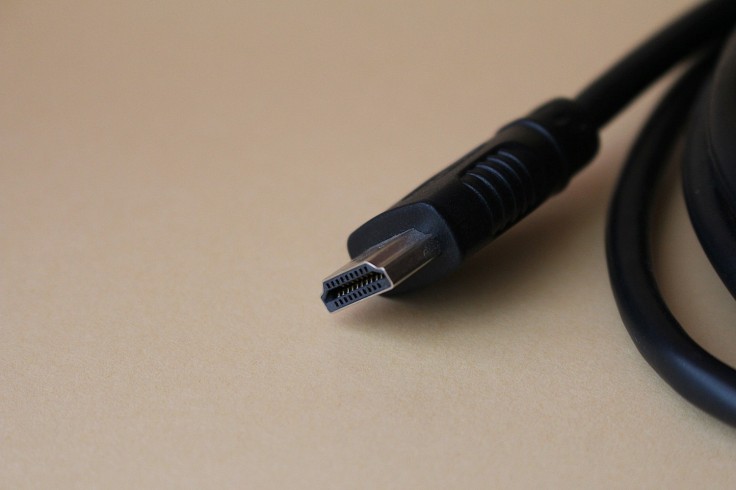
HDMI, as a standard, has changed the way we consume audio-visual media. Rather than having a tangle of different cables at the back of the TV, dealing with red, blue, green signals, and five different audio channels, we now have a single one. Pick out a cable from a reputable site like RS Components, plug it in, and you're ready to go!
Before investing in a new HDMI cable, you'll want to be sure that it provides enough bandwidth for the signals you'll be sending. When the standard first came to be in the early 2000s, what qualified as high resolution was anything north of 720p. Now, we're more likely to expect a 4k signal to arrive on the screen.
A 1080p signal comprises just over two million pixels per frame. A 4k signal comprises more than eight. If the cable doesn't meet the required standard, then the signal will degrade as it passes along the cable, and the television won't be able to make sense of it. The result? A garbled image, or a blank screen.
In many cases, you might get away with a substandard cable - at least, some of the time. If you're watching a film in which twenty-four 4k images are sent every second, then an older cable may well be able to handle it. But when you start playing games, and the framerate escalates to sixty and beyond, you may start to get unpredictable results.
How do I know which is right for me?
The first thing to do is to check both your television and the device that's sending the signal. If both devices use HMDI 2.0, then it makes sense to bridge them using a matching cable. If one is 1.4, then you're only ever going to get the benefit of 1.4-level transmission. The frames will come, in other words, at the pace set by the slowest component.
It's worth noting that HDMI is backwards compatible. In other words, if you get a fancy new cable, then you'll still be able to plug it into your older gear. This might save you money in the long-term, especially if you're thinking of upgrading to a next-generation games console (both systems will arrive supporting HDMI 2.1).
What about length?
Another factor worth considering is the length of cable you'll need to stretch from your home cinema system to the television. In most cases, this will be just a metre or so. But if your amp and Blu-ray player is at the back of the room, you might need something a little longer. Likewise, if you're threading cable through walls to reach different rooms in your house. Generally speaking, conventional HDMI cable begins to suffer when it's longer than five or so metres; in this case, you'll need either a fibre-optic alternative, a series of repeaters to boost the signal, or a means of sending the signal over your home ethernet.
© Copyright 2026 Mobile & Apps, All rights reserved. Do not reproduce without permission.












